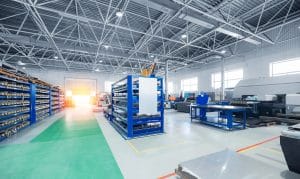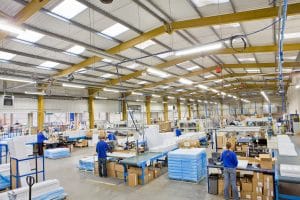
Optimizing Lighting Systems for Energy Efficiency and Effectiveness
LED technology is more energy efficient than HID, incandescent, and fluorescent by at least 50%. Higher output LEDs enable the Facilities Manager to install fewer
The State
Of the Nation’s
Energy Economy, and
Our Take on Industrial Power,
Its Efficient Conversion to Work,
And What We’re Doing With It Currently
The 3 kEys
LED lighting systems have revolutionized the lighting industry, offering exceptional energy efficiency, durability, and significantly reduced maintenance requirements compared to traditional technologies. With lifespans often ranging from 50,000 to 100,000 hours, LEDs require fewer replacements, leading to lower labor costs and reduced waste, making them an economical and sustainable choice for facilities.
Although LEDs demand less upkeep, regular maintenance is crucial to ensure optimal performance throughout their lifespan. Tasks such a...

LED technology is more energy efficient than HID, incandescent, and fluorescent by at least 50%. Higher output LEDs enable the Facilities Manager to install fewer

The 3 kEys Shine no more light on the task than what is necessary. Any beyond that is wasted. Turn the lights out when people
LED technology is more energy efficient than HID, incandescent, and fluorescent by at least 50%. Higher output LEDs enable the Facilities Manager to install fewer…
The 3 kEys Shine no more light on the task than what is necessary. Any beyond that is wasted. Turn the lights out when people…
The Maven publishes these pearls weekly, or more frequently if we feel like it, because we believe America is already great, and poised to be even greater if we commit to doing our part towards cooling the planet. Publisher Ron Motsch can be reached at (616) 570-9319.

Our power letter, full of pearls of wisdom from years of contracting experiences, by and for Building Managers and Industrial Contractors.

A searchable database of power and controls resources we’ve either created from within, published from our subscribers, or curated from around The Internet.

Our industrial contracting firm, building, deploying, and managing a suite of the most productive and admired power performance technologies on Earth.